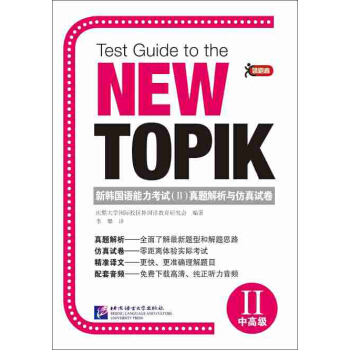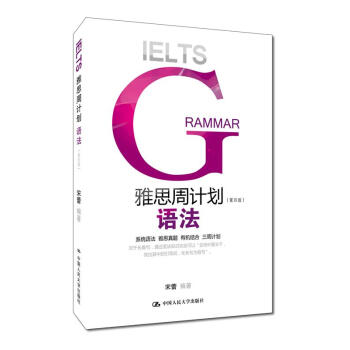

具体描述
內容簡介
《新編語言學教程》以《高等學校英語專業英語教學大綱》為基本依據,參考藉鑒大量國內外同類教材,具有以下主要特點:內容豐富,重點突齣。涵蓋語言學領域的核心內容;反映當代語富學的最新理論和研究成果;注重可操作性,講練結閤,便於教授和學習;語言簡明生動,深入淺齣,富有啓發性。目錄
ContentsChapter 1 Introduction
1.1 Linguistics
1.1.1 Definition of linguistics
1.1.2 Linguistics versus traditional grammar
1.1.3 Use of studying linguistics
1.1.4 Scope of linguistics
1.2 Language
1.2.1 Definition of language
1.2.2 Origin of language
1.2.3 Design features of language
1.2.4 Functions of language
1.3 Some Major Concepts in Linguistics
1.3.1 Descriptive and prescriptive grammars
1.3.2 Synchronic and diachronic linguistics
1.3.3 Langue and parole
1.3.4 Competence and performance
1.3.5 Syntagmatic and paradigmatic relations
1.3.6 Functionalism and formalism
Exercises and Discussion Questions
Sources and Suggestions for Further Reading
Supplementary Readings
Chapter 2 The Sounds of Language
2.1 Introduction
2.2 Phonetics
2.2.1 Articulators and their functions
2.2.2 Voiced and voiceless sounds
2.2.3 Nasal and oral sounds
2.2.4 Classification of English speech sounds
2.2.4.1 English consonants
2.2.4.2 English vowels
2.2.5 Variations of sounds
2.2.5.1 Liaison
2.2.5.2 Elision and assimilation
2.3 Phonology
2.3.1 Phonemes: the phonological units of language
2.3.2 Minimal pairs and sets
2.3.3 Free variation
2.3.4 Distinctive features
2.3.5 Syllables and consonant clusters
2.3.6 Suprasemental features
2.3.6.1 Stress
2.3.6.2 Intonation
Exercises and Discussion Questions
Sources and Suggestions for Further Reading
Supplementary Readings
Chapter 3 Morphology
3.1 Introduction
3.2 Morphemes
3.2.1 Free morphemes
3.2.2 Bound morphemes
3.3 Morphs and AIIomorphs
3.4 Types of Word Formation
3.4.1 Compounding
3.4.2 Derivation
3.4.3 Other ways of word formation
3.4.3.1 Conversion
3.4.3.2 Backformation
3.4.3.3 Clipping
3.4.3.4 Blending
3.4.3.5 Acronym
3.4.3.6 Initialism
Exercises and Discussion Questions
Sources and Suggestions for Further Reading
Supplementary Readings
Chapter 4 Syntax
4.1 Introduction
4.2 Word classes
4.3 The Prescriptive Approach
4.4 The Descriptive Approach
4.4.1 Structural analysis
4.4.2 Immediate constituent analysis
4.5 Constituent Structure Grammar
4.6 Transformational Grammar
4.7 Systemic Functional Grammar
Exercises and Discussion Questions
Sources and Suggestions for Further Reading
Supplementary Readings
Chapter 5 Semantics
5.1 Definition of Semantics
5.2 Approaches to Meaning
5.2.1 Meaning as naming
5.2.2 Meaning as concept
5.2.3 Meaning as behavior
5.2.4 Meaning as context
5.2.5 Meaning as truth conditions
5.3 Word Meaning
5.3.1 Sense and reference
5.3.2 Seven types of meaning
5.3.2.1 Conceptual meaning
5.3.2.2 Connotative meaning
5.3.2.3 Social meaning
5.3.2.4 Affective meaning
5.3.2.5 Reflective meaning
5.3.2.6 Collocative meaning
5.3.2.7 Thematic meaning
5.3.3 Semantic fields
5.3.4 Componential analysis
5.3.5 Semantic relationships between words
5.3.5.1 Homonymy
5.3.5.2 Polysemy
5.3.5.3 Homophony
5.3.5.4 Synonymy
5.3.5.5 Antonymy
5.3.5.6 Hyponymy
5.3.5.7 Meronymy
5.4 Sentence Meaning
5.4.1 Sentence and proposition
5.4.2 Semantic roles
5.4.3 Semantic relationships between sentences
5.4.3.1 Entailment
5.4.3.2 Presupposition
5.4.3.3 Synonymy
5.4.3.4 Inconsistency
5.4.3.5 Implicature
Exercises and Discussion Questions
Sources and Suggestions for Further Reading
Supplementary Readings
Chapter 6 Pragmatics
6.1 Introduction
6.2 Micropragmatics
6.2.1 Reference
6.2.2 Deixis
6.2.3 Anaphora
6.2.4 Presupposition
6.3 Macropragmatics
6.3.1 Speech act theory
6.3.1.1 Illocutionary acts
6.3.1.2 Classification of illocutionary acts
6.3.1.3 Indirect speech acts
6.3.2 The Cooperative Principle
6.3.2.1 The Cooperative Principle and its maxims
6.3.2.2 Conversational implicatures
6.3.3 The Politeness Principle
Exercises and Discussion Questions
Sources and Suggestions for Further Reading
Supplementary Readings
Chapter 7 Discourse Analysis
7.1 Discourse and Discourse Analysis
7.2 Information Structure
7.2.1 Given and new information
7.2.2 Topic and comment
7.2.3 Contrast
7.3 Cohesion and Coherence
7.3.1 Cohesion
7.3.1.1 Reference
7.3.1.2 Substitution
7.3.1.3 Ellipsis
7.3.1.4 Conjunction
7.3.1.5 Lexical cohesion
7.3.2 Coherence
7.4 Discourse Markers
7.5 Conversational Analysis
7.5.1 Adjacency pairs
7.5.2 Preference structure
7.5.3 Presequences
7.6 Critical Discourse Analysis
Exercises and Discussion Questions
Sources and Suggestions for Further Reading
Supplementary Readings
Chapter 8 Sociolinguistics
8.1 Introduction
8.2 Language Varieties
8.2.1 Standard language
8.2.2 Dialects
8.2.3 Registers
8.2.4 Pidgins and creoles
8.2.5 Language planning
8.3 Choosing a Code
8.3.1 Diglossia
8.3.2 Bilingualism and multilingualism
8.3.3 Code-switching
8.4 Linguistic Taboos and Euphemisms
8.5 Language and Gender
Exercises and Discussion Questions
Sources and Suggestions for Further Reading
Supplementary Readings
Chapter 9 Psycholinguistics
9.1 Introduction
9.2 Language Acquisition
9.3 Language Production
9.3.1 Conceptualization
9.3.2 Formulation
9.3.3 Articulation
9.3.4 Self-regulation
9.4 Language Comprehension
9.4.1 Sound comprehension
9.4.2 Word comprehension
9.4.3 Sentence comprehension
9.4.4 Text comprehension
9.5 Language and Thought
9.5.1 Language determines thought
9.5.2 Thought determines language
Exercises and Discussion Questions
Sources and Suggestions for Further Reading
Supplementary Readings
Chapter 10 Cognitive Linguistics
10.1 Introduction
10.2 Categorization and Categories
10.2.1 The classical theory
10.2.2 Prototype theory
10.2.3 Levels of categorization
10.3 Conceptual Metaphor and Metonymy
10.3.1 Conceptual metaphor
10.3.2 Conceptual metonymy
10.4 Iconicity
10.4.1 Iconicity of order
10.4.2 Iconicity of distance
10.4.3 Iconicity of complexity
10.5 Grammaticalization
Exercises and Discussion Questions
Sources and Suggestions for Further Reading
Supplementary Readings
Chapter 11 Language Acquisition
11.1 First Language Acquisition
11.1.1 The behaviorist approach
11.1.2 The innateness approach
11.1.3 Stages of acquiring the first language
11.2 Second Language Acquisition
11.2.1 Contrastive analysis
11.2.2 Error analysis
11.2.3 Interlanguage
11.3 Individual Differences in Second Language Acquisition
11.3.1 Language aptitude
11.3.2 Cognitive style: field dependence and field independence
11.3.3 Personality traits
11.3.4 Learning strategies
11.4 Instruction and L2 Acquisition
11.4.1 Form-focused instruction
11.4.2 Learner-instruction matching
11.4.3 Strategy training
Exercises and Discussion Questions
Sources and Suggestions for Further Reading
Supplementary Readings
Chapter 12 Applied Linguistics
12.1 Introduction
12.2 Language Teaching
12.2.1 The grammar-translation method
12.2.2 The direct method
12.2.3 The audiolingual method
12.2.4 Situational language teaching
12.2.5 Functional language teaching
12.2.6 Communicative language teaching
12.2.7 Other approaches
12.3 Testing
12.3.1 The main types of language tests
12.3.2 Principles of language testing
12.4 Summary
Exercises and Discussion Questions
Sources and Suggestions for Further Reading
Supplementary Readings
Glossary
Index
用户评价
讀完這本書的某些章節後,我常常會産生一種想要立刻找人討論一番的衝動。這絕對不是一本可以被束之高閣、隻看不碰的“工具書”,它更像是一個循循善誘的良師益友。作者在論述中埋藏瞭許多引人深思的“小陷阱”和“開放性問題”,迫使讀者不斷停下來審視自己的既有認知。比如,在討論某一語言變體的社會心理因素時,書中引用的案例選取非常巧妙,既具有跨文化的可比性,又貼近我們日常生活的經驗。這種設計使得理論不再是脫離現實的空中樓閣,而是紮根於社會互動之中的鮮活有機體。對我而言,它提供瞭一個絕佳的平颱,讓我能夠將課堂上學到的知識,立刻投射到對現實世界的觀察和理解上,這對於培養批判性思維至關重要,也是我最為看重的一點。
评分如果說知識的準確性是基石,那麼語言的駕馭能力就是這本書的靈魂。作者在行文遣詞上展現瞭令人驚嘆的專業素養和優雅的文筆。語句的組織錯落有緻,時而鏗鏘有力,如同嚴謹的邏輯推導;時而又如涓涓細流,潤物無聲地闡釋復雜概念。閱讀過程幾乎沒有遇到任何因晦澀錶達而産生的挫敗感,這對於處理復雜學科內容的書籍來說,是極大的挑戰。它證明瞭學術性與可讀性之間並非魚與熊掌不可兼得的關係。這種高水準的寫作風格,不僅有效地傳達瞭知識,更是在無形中為讀者樹立瞭一個典範,示範瞭如何清晰、準確而又富有魅力的進行學術錶達。這種潛移默化的影響,對於提升我自身的學術寫作水平,是無法用價值衡量的收獲。
评分我發現這本書在理論深度上拿捏得非常到位,它沒有陷入那種故作高深的術語泥潭,而是用一種極為貼近實際的視角去闡述那些抽象的語言學概念。記得有一次我被某個理論卡住許久,翻閱瞭手頭幾本舊教材都不得要領,直到接觸到這本書的相應章節,茅塞頓開。作者似乎有一種魔力,能將那些原本枯燥乏味的規則和模型,轉化為生動的故事和鮮活的例子。特彆是它對特定語境下語言現象的剖析,細緻入微,讓人不得不佩服其考察的嚴謹性。它不僅僅是在“告訴”你是什麼,更是在“引導”你去思考為什麼會是這樣。這種探究式的敘述方法,極大地激發瞭我主動學習的內驅力,讓我從被動接受知識,轉變為主動構建知識體係。這種對認知過程的尊重,是衡量一本優秀教材的關鍵標準之一,而這本書無疑做到瞭。
评分這部作品的排版著實讓人眼前一亮,不同於市麵上那些墨守成規的教材,它在視覺呈現上似乎下瞭一番苦功。封麵設計簡潔卻不失深度,拿到手裏就有一種想要立刻翻閱的衝動。內頁的字體選擇和行間距處理得非常人性化,長時間閱讀下來,眼睛的疲勞感明顯減輕瞭不少。更值得稱贊的是,編排邏輯非常清晰流暢,章節之間的過渡自然得像是水到渠成,不像有些書那樣生硬地堆砌知識點,讓人感覺作者真的是站在讀者的角度,精心雕琢瞭每一個細節。尤其是一些復雜概念的圖示部分,繪製得極其精妙,用最直觀的圖形語言輔助理解,這對於初學者來說簡直是福音。可以說,這本書的裝幀設計本身,就已經算得上是一件藝術品瞭,讓人愛不釋手,願意時常把它擺在書架最顯眼的位置。這種對“閱讀體驗”的重視,在學術類書籍中是相當少見的,也體現瞭齣版方對讀者群體的尊重。
评分這本書的廣度令人印象深刻,它似乎有意打破傳統語言學分支的壁壘,進行瞭一場跨學科的對話。我注意到它在討論句法結構時,會不經意地引入認知科學的最新發現,而在闡述語義學時,又巧妙地結閤瞭計算語言學的某些模型。這種融閤並非簡單的元素拼湊,而是一種深層次的結構性整閤,使得整部著作呈現齣一種更加宏大且自洽的知識體係。對於一個渴望全麵瞭解語言學圖景的學習者來說,這種全景式的視野實在太過珍貴。它避免瞭讓讀者陷入單一視角論斷的局限,讓我們看到瞭語言學作為一門復雜學科,其包容性和動態發展的潛力。這種視野的開闊,遠超齣瞭我對一本入門或進階教材的初始預期。
评分送货速度挺快的! 内容详细,慢慢阅读
评分这本书都能买到啊,不错啊
评分期间除了一点小问题,给京东客服打电话,客服好萌的说~~~~ ^.^
评分全英的,比较难懂,考研要考
评分一直在京东购书 速度快 有保障
评分快递很给力,内容清晰明了
评分语言简单易懂 术语也不会很难明白
评分很不错,学校教材,满意
评分质量很好,是正品
相关图书
本站所有內容均為互聯網搜索引擎提供的公開搜索信息,本站不存儲任何數據與內容,任何內容與數據均與本站無關,如有需要請聯繫相關搜索引擎包括但不限於百度,google,bing,sogou 等
© 2025 tushu.tinynews.org All Rights Reserved. 求知書站 版权所有

![体验英语少儿阅读文库 setD 小小文学(第7级)(适合12-14岁)(套装共6册+MP3) [12-14岁] pdf epub mobi 电子书 下载](https://pic.tinynews.org/10834335/4f66c8ad-a88f-43a1-b4ec-035947e4e606.jpg)




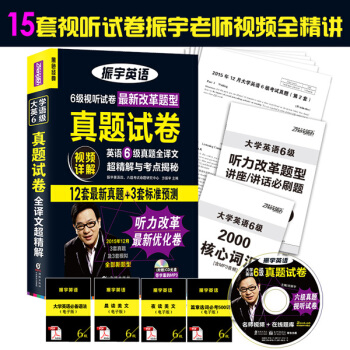
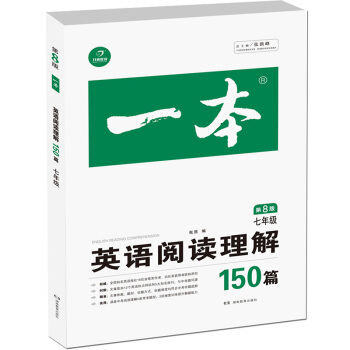
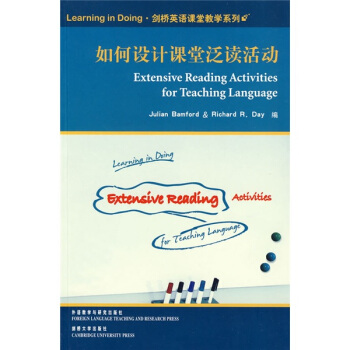

![世界名著典藏系列:汤姆·索亚历险记哈克贝利·芬历险记(英文全本) [The Adventures of Tom Sawyer & Huckleberry Finn] pdf epub mobi 电子书 下载](https://pic.tinynews.org/10096614/rBEDik_RuH4IAAAAAAERY9AW4tgAAAfjAHs8JAAARF7537.jpg)
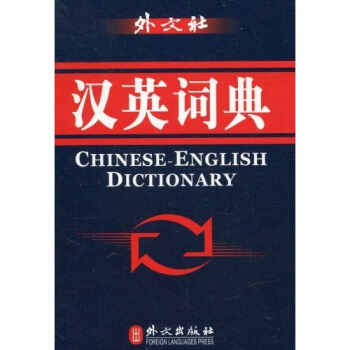
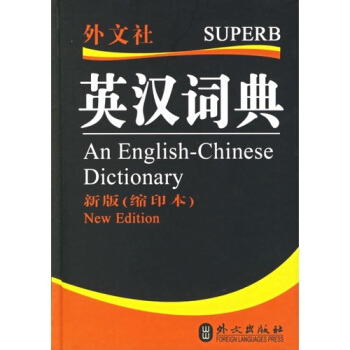
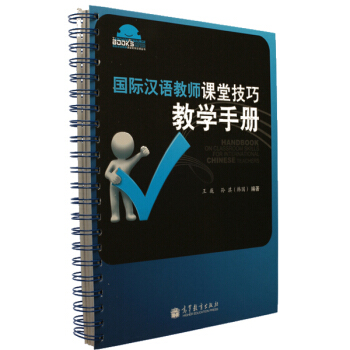
![英语专业8级考试单项突破系列:翻译与写作 [Towards Success In Tem8] pdf epub mobi 电子书 下载](https://pic.tinynews.org/10878619/c665c256-b95a-4bf1-b24a-bad21f021790.jpg)


